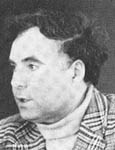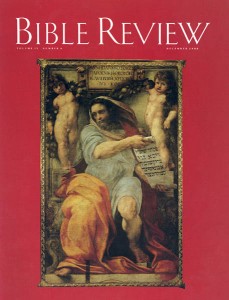The words of Isaiah are more than just beautiful poetry; they are reflections of the political and social circumstances that provoked Isaiah to utter his prophecies. An understanding of these circumstances—the Syro-Ephraimite war and the moral corruption of eighth-century B.C. Judah—provides an essential background for a fuller appreciation of Isaiah’s meaning, as Yehoshua Gitay demonstrates in “Isaiah—The Impractical Prophet.”

Assistant professor at Ben-Gurion University of the Negev, in Beer-Sheva, Israel, Gitay has also taught at the University of North Carolina, Duke, Wesleyan and Columbia. He has written numerous scholarly articles on Isaiah and is the author of The Book of Isaiah—A Commentary, to be published soon by Indiana University Press.
In “Two Master Portraits of Isaiah,” Zefira Gitay presents a case study to illustrate her thesis that art can serve as Bible commentary in its own right. By exploring the subtle differences between two apparently similar paintings of Isaiah—one by Michelangelo and one by Raphael—Gitay shows that the works of the two Italian masters display radically differing interpretations of the prophet. The insights gained from her study simultaneously illuminate both the art and the biblical text.
Already a library member? Log in here.
Institution user? Log in with your IP address.

